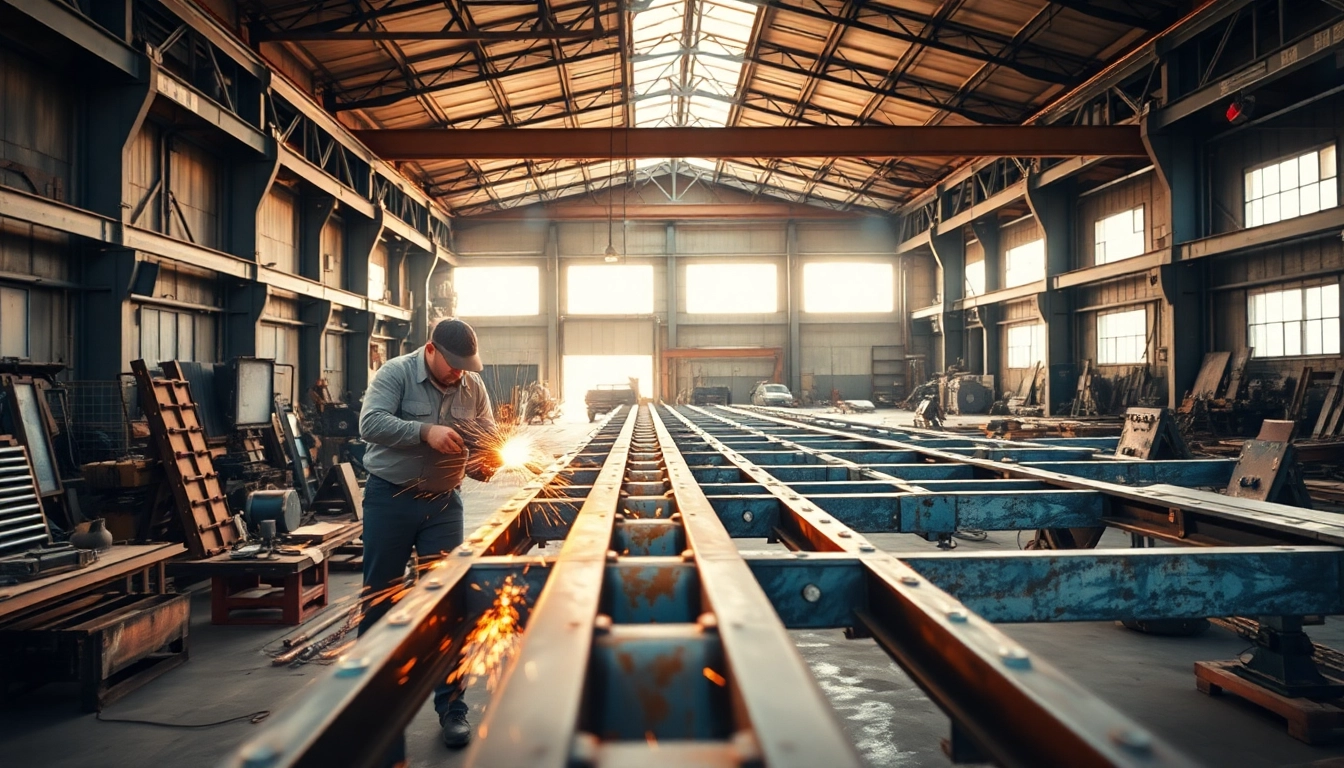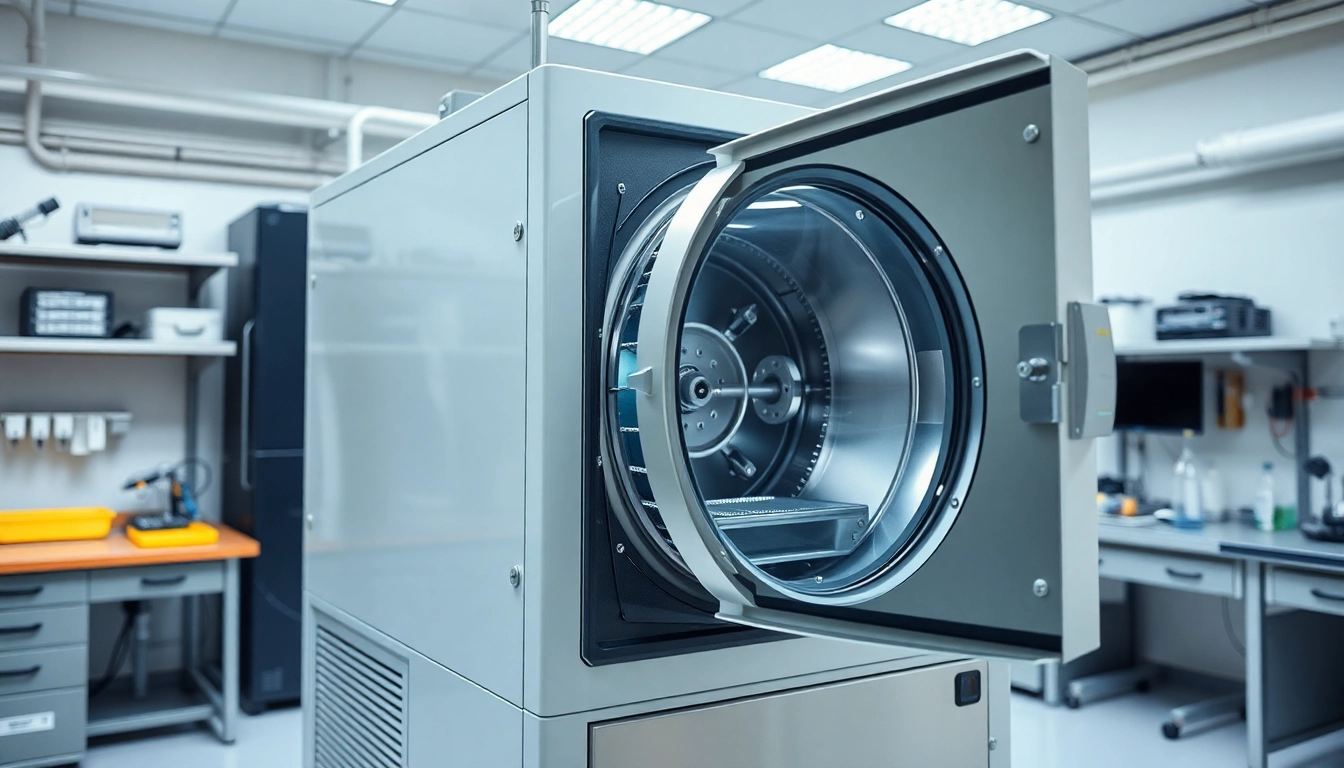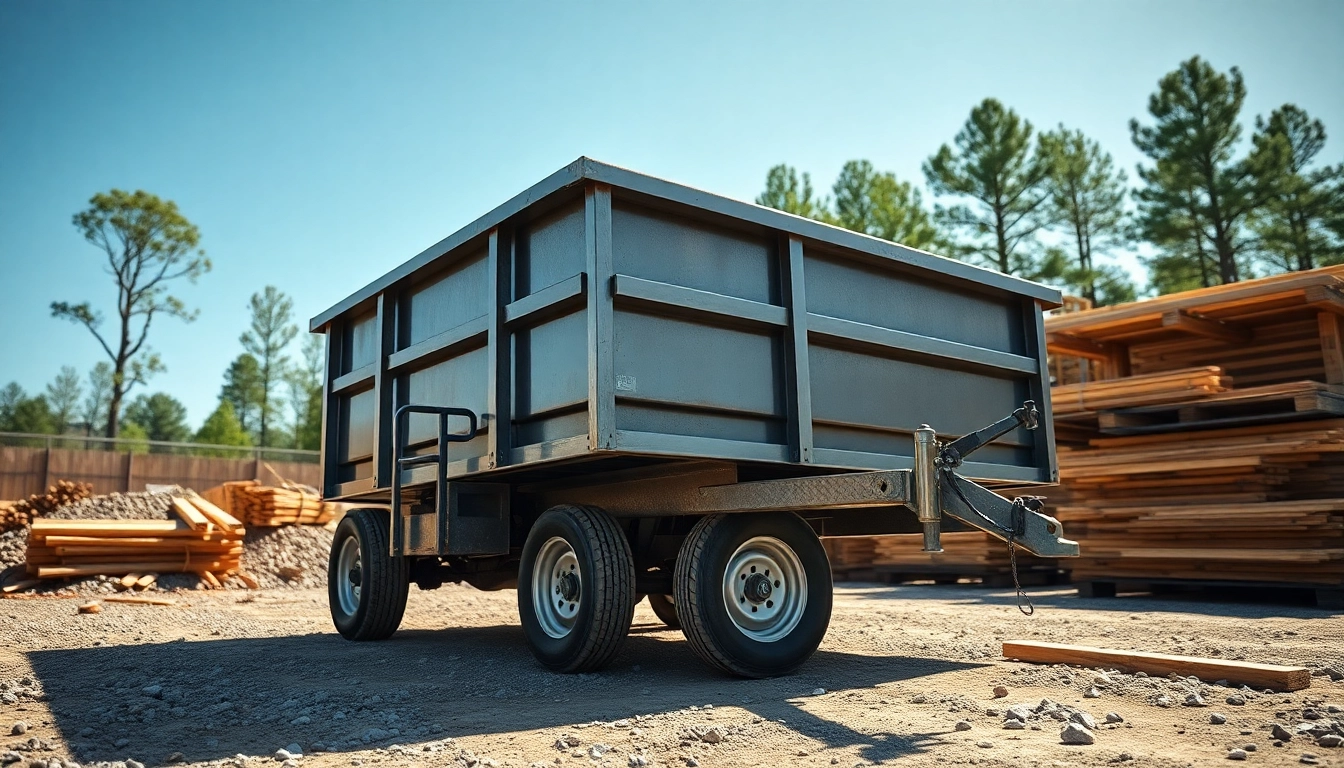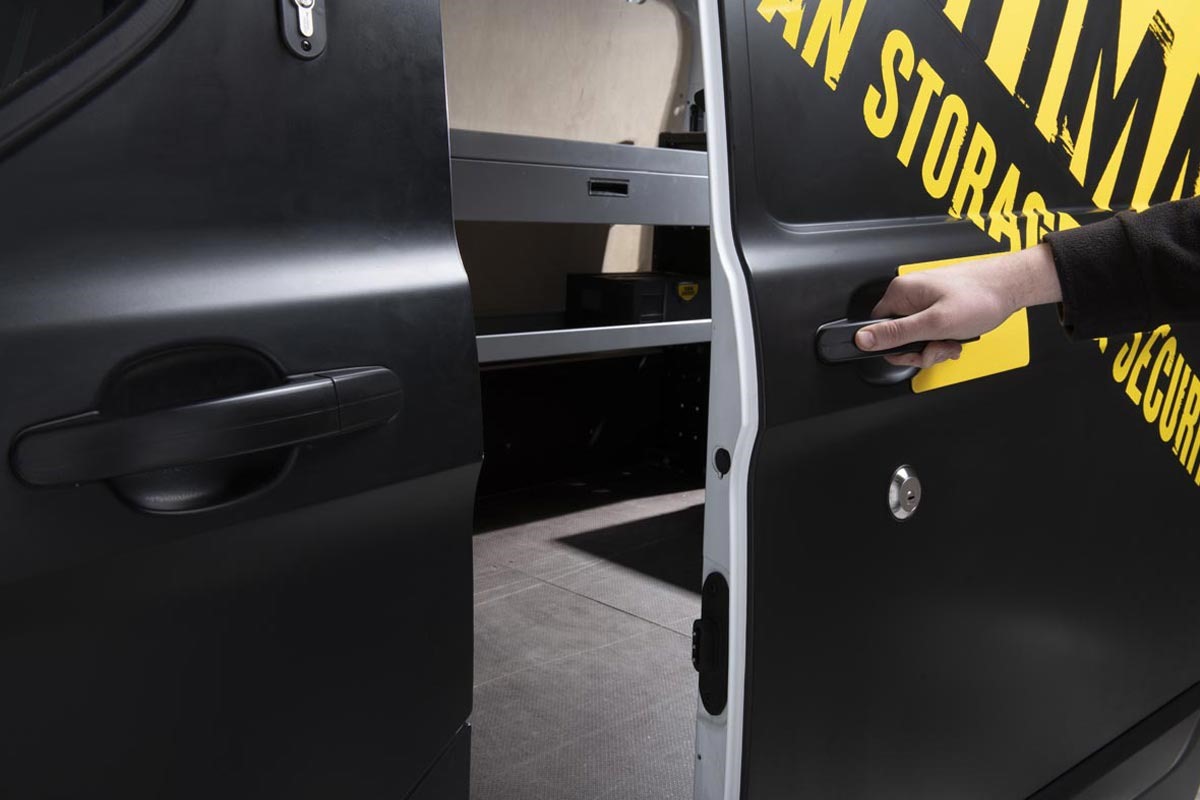Understanding Needle Guns
What Is a Needle Gun?
A needle gun is a powerful tool primarily used for effective rust and old paint removal on metal surfaces. It operates by using rapid, vibrating needles that penetrate and dislodge unwanted coatings, making it a favorite among professionals in industrial and automotive contexts. It is important to note that the term “needle gun” can pertain to different technologies such as pneumatic needle scalers, which are widely used for industrial cleaning and surface preparation, and historical references to firearm types, but for our context, we will focus on the tool aspect.
In applications requiring the restoration of metal surfaces—like rust removal or cleaning weld seams—needle guns have proven to be invaluable tools. They offer more consistent results than manual scraping or wire brushing methods, which can be inefficient and labor-intensive.
Types of Needle Guns
There are primarily two types of needle guns available in the market today: pneumatic and electric. Each serves the same primary function but utilizes different power sources and mechanisms.
Pneumatic Needle Guns
Pneumatic needle guns are powered by compressed air. They are highly efficient and can operate at high speeds, providing thorough cleaning and surface preparation. Their lightweight design makes them easier to handle for long periods, which can significantly reduce operator fatigue.
Electric Needle Guns
Electric needle guns are typically heavier than their pneumatic counterparts. They require an electrical supply and can be used in situations where compressed air is not readily available. While they may not reach the same speeds as pneumatic versions, they often provide portability and ease of use.
Applications of Needle Guns in Various Industries
Needle guns find applications across a range of industries from construction to automotive. Here are some of these vital uses:
- Automotive Repair: Needle guns are commonly employed in auto body shops for rust removal and paint stripping.
- Shipbuilding: In the maritime industry, needle guns are crucial for preparing surfaces for painting, as old paint and rust must be thoroughly removed.
- Manufacturing: Factories use needle guns for maintenance tasks, including cleaning molds and surfaces before applying protective coatings.
- Construction: Needle guns are effective in surface preparation for welding and bonding tasks.
Benefits of Using a Needle Gun
Efficiency in Rust and Paint Removal
The primary advantage of needle guns is their speed and efficiency in removing rust and paint. Traditional methods can take hours, if not days, but needle guns can strip multiple layers within minutes. Their high-frequency operation—often over 4,400 beats per minute (BPM)—enables them to tackle even the heaviest coatings effectively.
How Needle Guns Improve Surface Preparation
The effectiveness of needle guns isn’t limited to just rust removal. They create a textured surface that enhances adhesion for coatings, paints, or sealants. This surface preparation is essential for ensuring long-lasting finishes and preventing future corrosion or peeling.
Cost-Effectiveness Over Traditional Methods
While the initial investment in equipment may seem high, the long-term savings associated with needle guns are significant. They reduce labor costs and downtime, lead to less material wastage, and improve the overall quality of work. This cost-effectiveness means that businesses can complete jobs more efficiently while maintaining high standards.
Components of a High-Quality Needle Gun
Key Features to Look For
Choosing a high-quality needle gun involves considerations beyond brand name. Here are essential features to look for:
- Needle Count: Higher needle counts allow for more aggressive surface cleaning.
- Weight: A lightweight model can minimize fatigue during prolonged use.
- Vibration Reduction: Features that absorb vibration can make a significant difference in user comfort.
- Ease of Replacement: Check how easy it is to replace needles; an accessible design can enhance maintenance.
Comparing Electric vs. Pneumatic Needle Guns
When deciding between electric and pneumatic needle guns, consider your specific needs:
- Pneumatic: Best used in environments where compressed air is already utilized. They typically provide higher power and faster speeds.
- Electric: More versatile for portability and situations without compressed air. They may suit lighter jobs or residential applications better.
Importance of Needle Size and Count
The size and number of needles directly impact the effectiveness of a needle gun. Needles typically range from 1 to 2.5 mm in diameter. A greater needle size usually means more aggressive cleaning, while a higher count allows for better surface coverage.
Choosing the Right Needle Gun for Your Needs
Assessing Material and Surface Type
It’s crucial to consider the type of materials you’ll be working with. Different surfaces—like steel, aluminum, and painted surfaces—may require different tools or adjustments for optimum performance. For example, softer materials might require a lighter touch to prevent damage.
Matching CFM Requirements to Your Air Compressor
Needle guns typically require 8-16 CFM (cubic feet per minute) at 90 PSI. It’s essential to choose a needle gun compatible with your air compressor to ensure consistent performance. If your air compressor cannot meet the required CFM, you may experience interrupted work, inefficient operations, or tool damage.
Considering Ergonomics and Usability
When selecting a needle gun, ergonomics play a significant role in user comfort and efficacy. Look for models that are easy to handle, have rubber grips, and possess adjustable trigger systems suitable for extended use. Models with reduced weight and better balance will help minimize fatigue, especially during prolonged tasks.
Maintenance and Safety Tips for Needle Guns
Regular Maintenance Practices
Proper maintenance extends the life of your needle gun significantly. Here are essential practices:
- Regularly clean the needles and tool body to remove debris accumulation.
- Lubricate moving parts according to manufacturer specifications.
- Keep an eye on the performance; if the power decreases, consider checking for air leaks or blockages.
Safety Precautions When Using a Needle Gun
Using needle guns safely is critical. Here are some safety precautions to consider:
- Always wear appropriate personal protective equipment (PPE) such as goggles and gloves.
- Ensure that your workspace is free from flammable materials, as sparks can occur during operations.
- Be aware of your surroundings and ensure that bystanders are at a safe distance from your work area.
Signs of Wear and When to Replace Your Needle Gun
Just like any tool, needle guns have a finite lifespan. Signs of wear include:
- Significant reduction in power.
- Frequent need for repairs or maintenance.
- Visible damage to the needles or housing.
If you notice these signs, it may be time to consider replacing your tool to maintain productivity and safety levels on the job.
Conclusion
Understanding the functionality and application of needle guns can drastically impact the efficiency of rust and paint removal tasks across various industries. By choosing the right model, maintaining it properly, and adhering to safety protocols, professionals can ensure optimal performance and longevity of these valuable tools. Whether through pneumatic or electric models, needle guns represent an essential component in surface preparation, allowing for superior results with reduced effort and time.














Leave a Reply